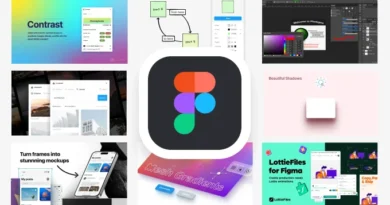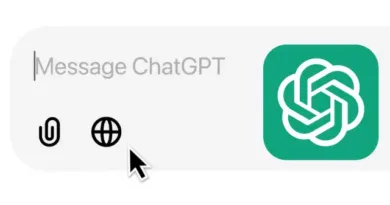Build Your Own Free AI Tools: A Beginner’s Guide to Using Free AI APIs
Introduction
Artificial Intelligence (AI) is no longer confined to tech giants or research labs. With the advent of free AI APIs, anyone with a computer and internet access can create powerful AI-driven tools. Whether you’re a student, a hobbyist, or someone curious about AI, this guide will walk you through building your own AI applications without spending a dime.
Why Build AI Tools?
Creating your own AI tools can be both educational and practical. Here’s why you might consider diving in:
- Skill Development: Enhance your understanding of AI and programming.
- Problem Solving: Automate tasks or solve specific problems you encounter.
- Portfolio Building: Showcase your projects to potential employers or clients.
- Innovation: Bring your unique ideas to life without financial barriers.
Understanding AI APIs
An API (Application Programming Interface) allows different software applications to communicate with each other. AI APIs provide access to pre-trained AI models that can perform tasks like language translation, image recognition, and more. By using these APIs, you can integrate AI functionalities into your applications without building models from scratch.
Top Free AI APIs to Explore
Here are some accessible AI APIs you can start with:
1. OpenAI API
- Features: Text generation, summarization, translation, and more.
- Getting Started: Sign up at OpenAI and obtain an API key.
- Usage: Ideal for chatbots, content creation tools, and language-based applications. Learn more on Axios.
2. Hugging Face Inference API
- Features: Access to a wide range of models for NLP, computer vision, and more.
- Getting Started: Explore models at Hugging Face and use their API for integration.
- Usage: Suitable for sentiment analysis, text classification, and image recognition. Learn more on LinkedIn.
3. Google Cloud AI APIs
- Features: Translation, speech-to-text, natural language processing, and more.
- Getting Started: Visit Google Cloud and utilize their free tier offerings.
- Usage: Great for building multilingual applications and voice-enabled tools.
4. IBM Watson APIs
- Features: Language understanding, speech processing, and visual recognition.
- Getting Started: Sign up at IBM Watson and explore their API offerings.
- Usage: Useful for creating intelligent virtual assistants and data analysis tools.
Step-by-Step Guide to Building Your AI Tool
Let’s walk through creating a simple AI-powered sentiment analysis tool.
Step 1: Define Your Objective
Decide what you want your tool to do. For this example, we’ll create a tool that analyzes the sentiment of user-inputted text.
Step 2: Choose the Right API
Select an API that offers sentiment analysis. Hugging Face provides models like distilbert-base-uncased-finetuned-sst-2-english suitable for this task.
Step 3: Set Up Your Environment
Ensure you have Python installed. Use pip to install necessary libraries:
bashCopyEditpip install requests
Step 4: Write the Code
Here’s a basic Python script to interact with the Hugging Face API:
pythonCopyEditimport requests
API_URL = "https://api-inference.huggingface.co/models/distilbert-base-uncased-finetuned-sst-2-english"
headers = {"Authorization": "Bearer YOUR_API_TOKEN"}
def analyze_sentiment(text):
response = requests.post(API_URL, headers=headers, json={"inputs": text})
return response.json()
user_input = input("Enter text to analyze sentiment: ")
result = analyze_sentiment(user_input)
print(result)
Replace YOUR_API_TOKEN with your actual Hugging Face API token.LinkedIn+1WIRED+1
Step 5: Test Your Tool
Run the script and input text to see the sentiment analysis results.
Tips for Enhancing Your AI Tool
- User Interface: Integrate a GUI using libraries like Tkinter or build a web interface with Flask.
- Error Handling: Implement error checks to handle API downtime or invalid inputs gracefully.
- Expand Functionality: Combine multiple APIs to add features like language translation or keyword extraction.
Real-World Applications
By building your own AI tools, you can create applications such as:
- Chatbots: Automate customer service or provide information.
- Content Generators: Assist in writing articles, summaries, or creative stories.
- **Language Translators






